research & publishing
hidden histories





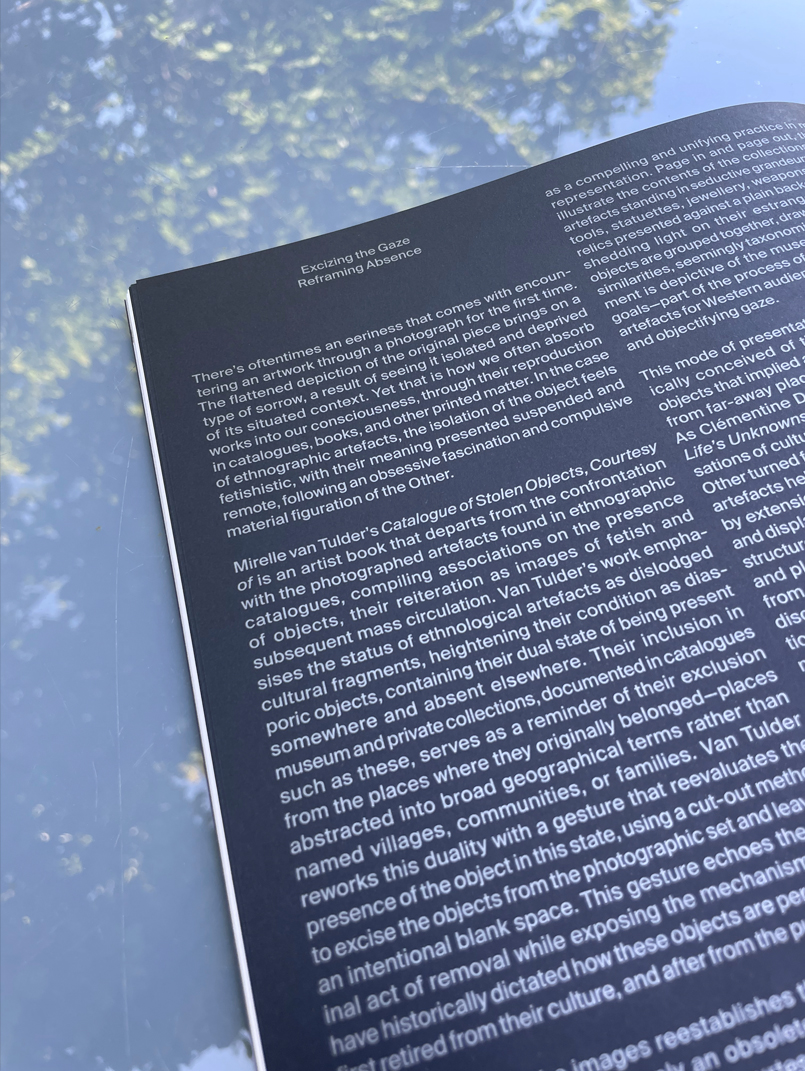

“In van Tulder’s work, by refusing the object, she objects to the gaze, and the categorisation and reductionism practices implied in its cataloguing. The empty spaces hint at a possible alternative, a negation of colonial attitudes of epistemological, institutionalised authority. Presenting the non-material instead, the artist both refuses and highlights the fetishistic container in which these images came into being. This gesture forces the viewer to confront their position—do we search for the missing object, or recognise the violence depicted in its absence? The work thus unfolds as an investigation into the act of looking at these photographed artefacts, in their found condition, dissected as they are from any context. The act of removal highlights the missing condition of these artefacts, and reminds us how this legacy is constructed from exclusion. The final work, an empty catalogue, calls for a dismantling of systems of representation that are aligned with colonial attitudes. 'Catalogue of Stolen Objects, Courtesy of’' makes visible the invisible (and buried) practices of erasure, displacement and subjugation that inform our worldview.”
Excerpt from “Excizing the Gaze, Reframing Absence”, by Mariana Lobão
21 x 28 cm, 64 p.; 129 b/w illustrations, text: English. Amsterdam, 2025
Cover + 16 pages inside: printed in silver on Fedrigoni Sirio color black.
Excerpt from “Excizing the Gaze, Reframing Absence”, by Mariana Lobão
21 x 28 cm, 64 p.; 129 b/w illustrations, text: English. Amsterdam, 2025
Cover + 16 pages inside: printed in silver on Fedrigoni Sirio color black.
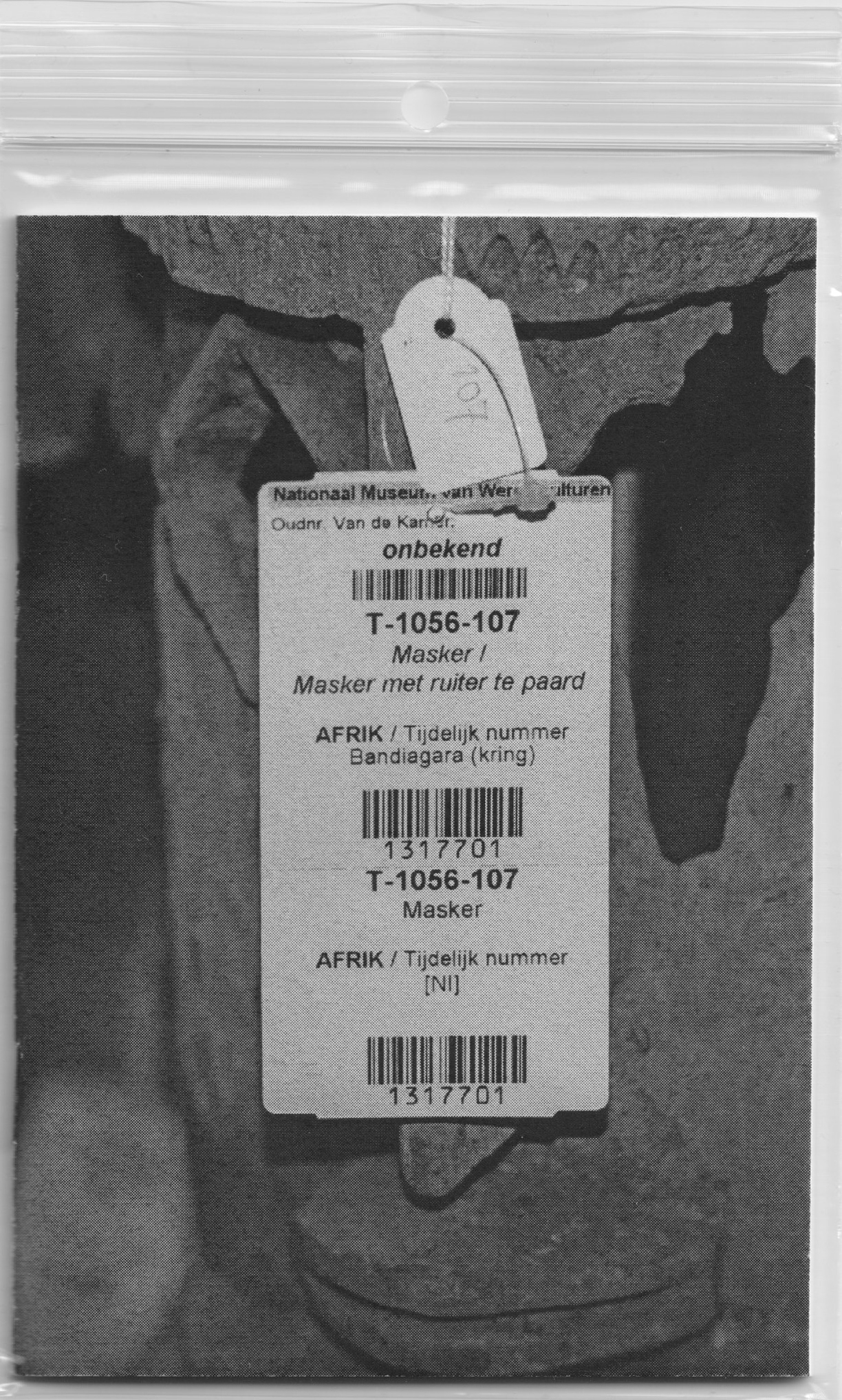





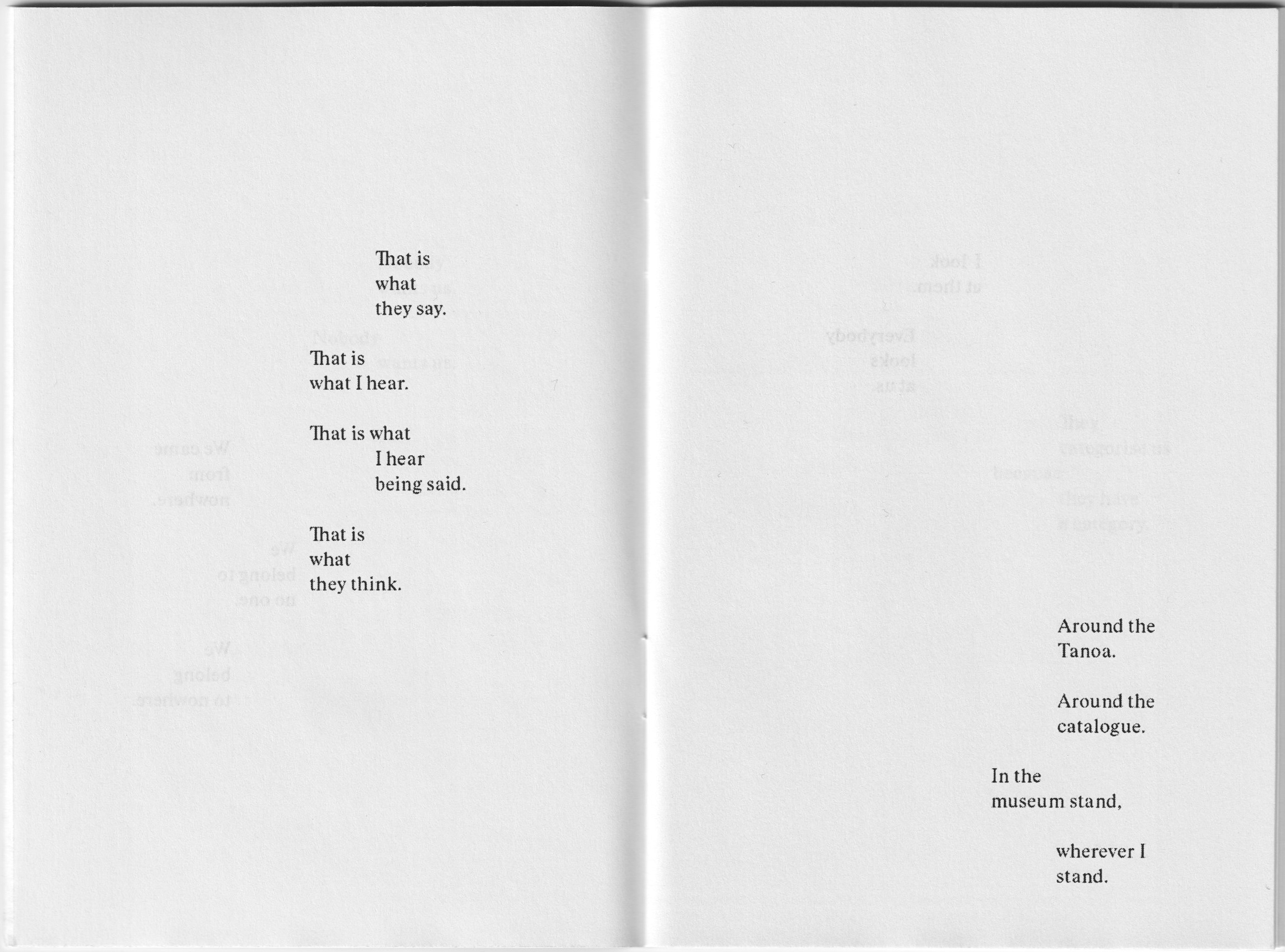




Booklet as supplement to the premiere of the film Being Part European at Page Not Found on March 26, 2025.
“Nobody wants us.
Nobody wants us.
We came from nowhere.
We belong to no one.
We belong to nowhere.
That is what they say.
That is what I hear.
That is what I hear being said.
That is what they think.
Around the Tanoa.
Around the catalogue.
In the museum stand,
wherever I stand.”
Written by Sam Simpson, 1974
Edited by Mirelle van Tulder, 2024
10 x 14.5 cm, 52 pages, 18 different covers. comes with plastic bag. Designed by Mirelle with thanks to Studio Airport
“Nobody wants us.
Nobody wants us.
We came from nowhere.
We belong to no one.
We belong to nowhere.
That is what they say.
That is what I hear.
That is what I hear being said.
That is what they think.
Around the Tanoa.
Around the catalogue.
In the museum stand,
wherever I stand.”
Written by Sam Simpson, 1974
Edited by Mirelle van Tulder, 2024
10 x 14.5 cm, 52 pages, 18 different covers. comes with plastic bag. Designed by Mirelle with thanks to Studio Airport






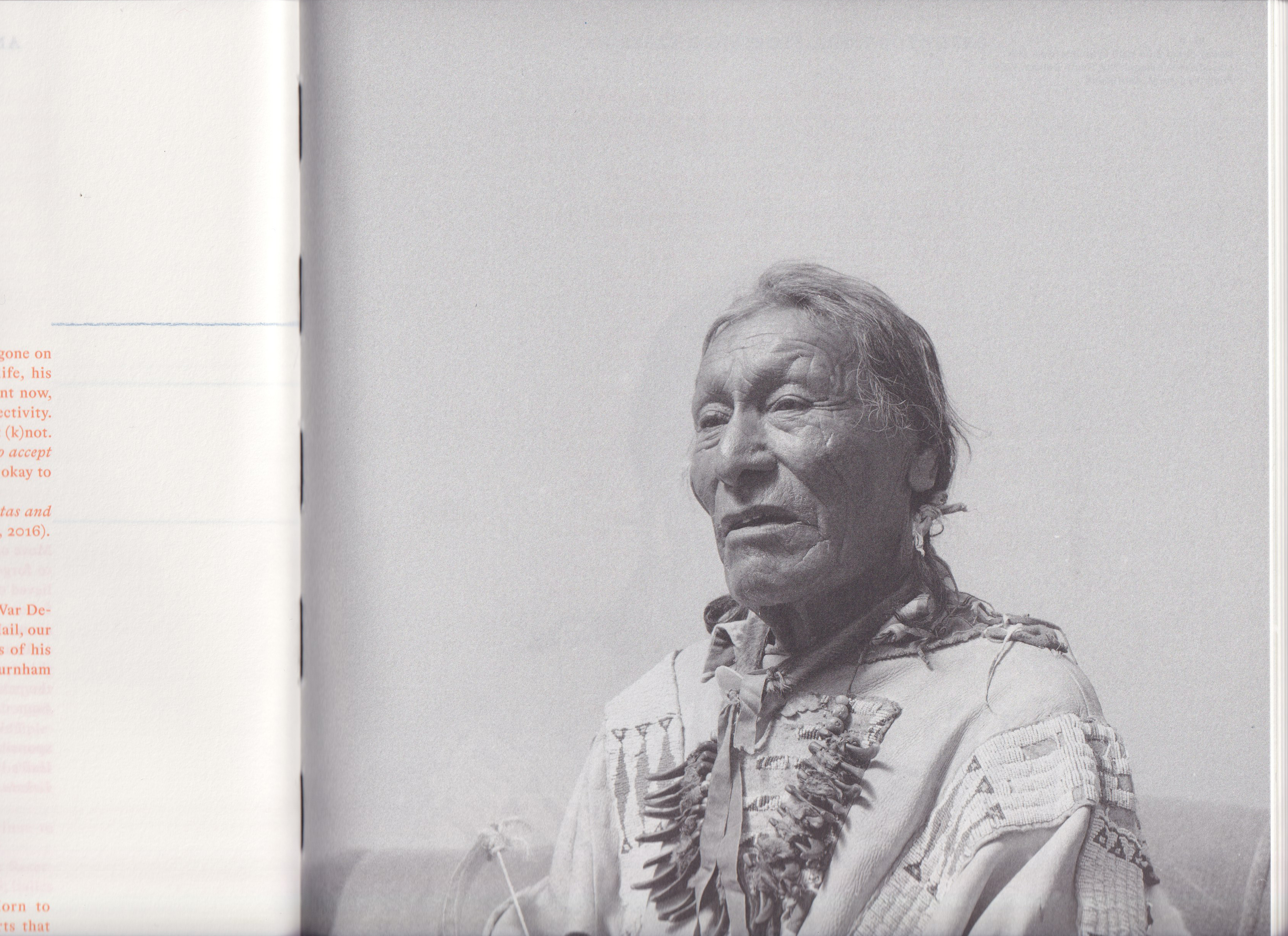

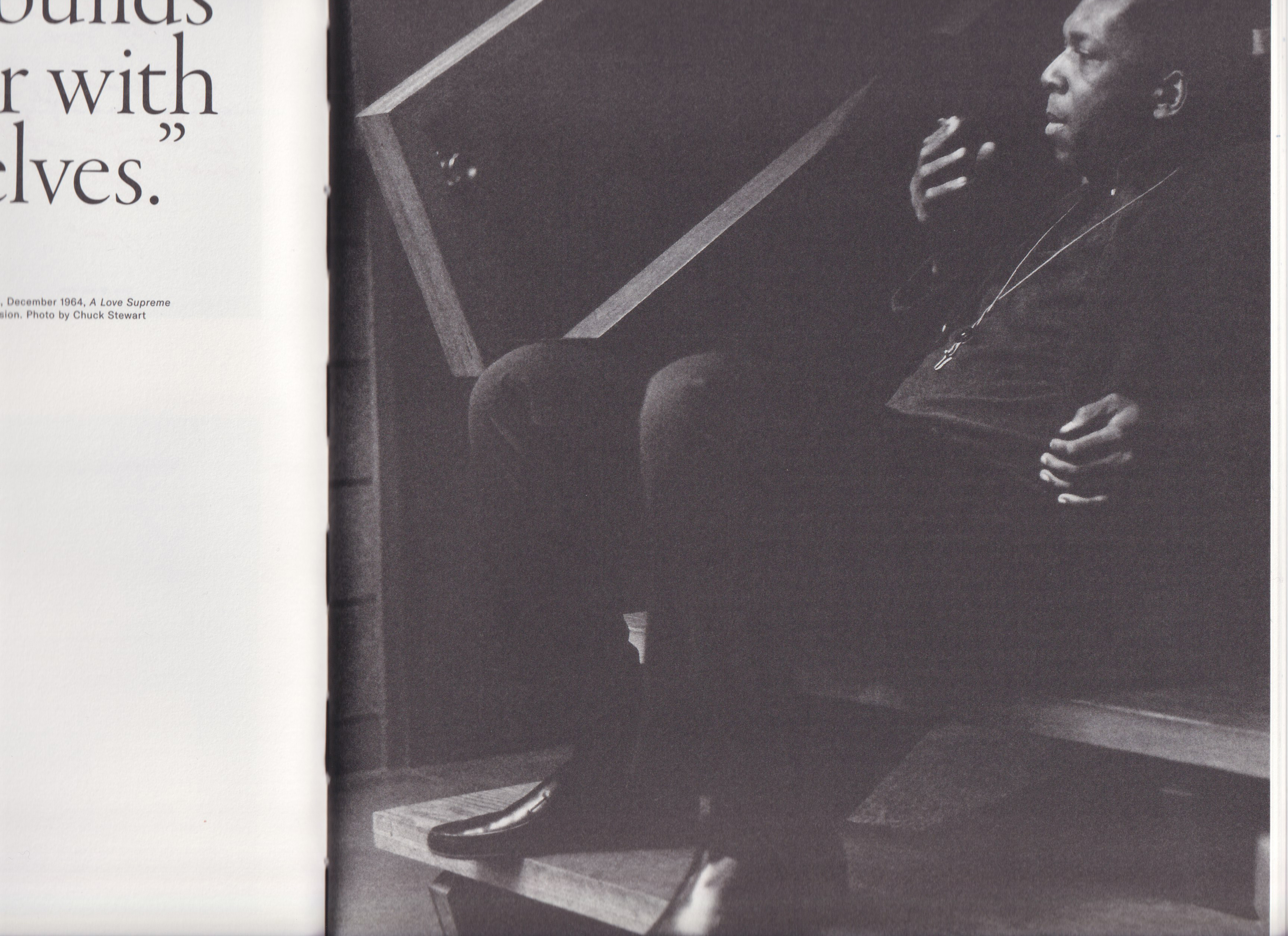
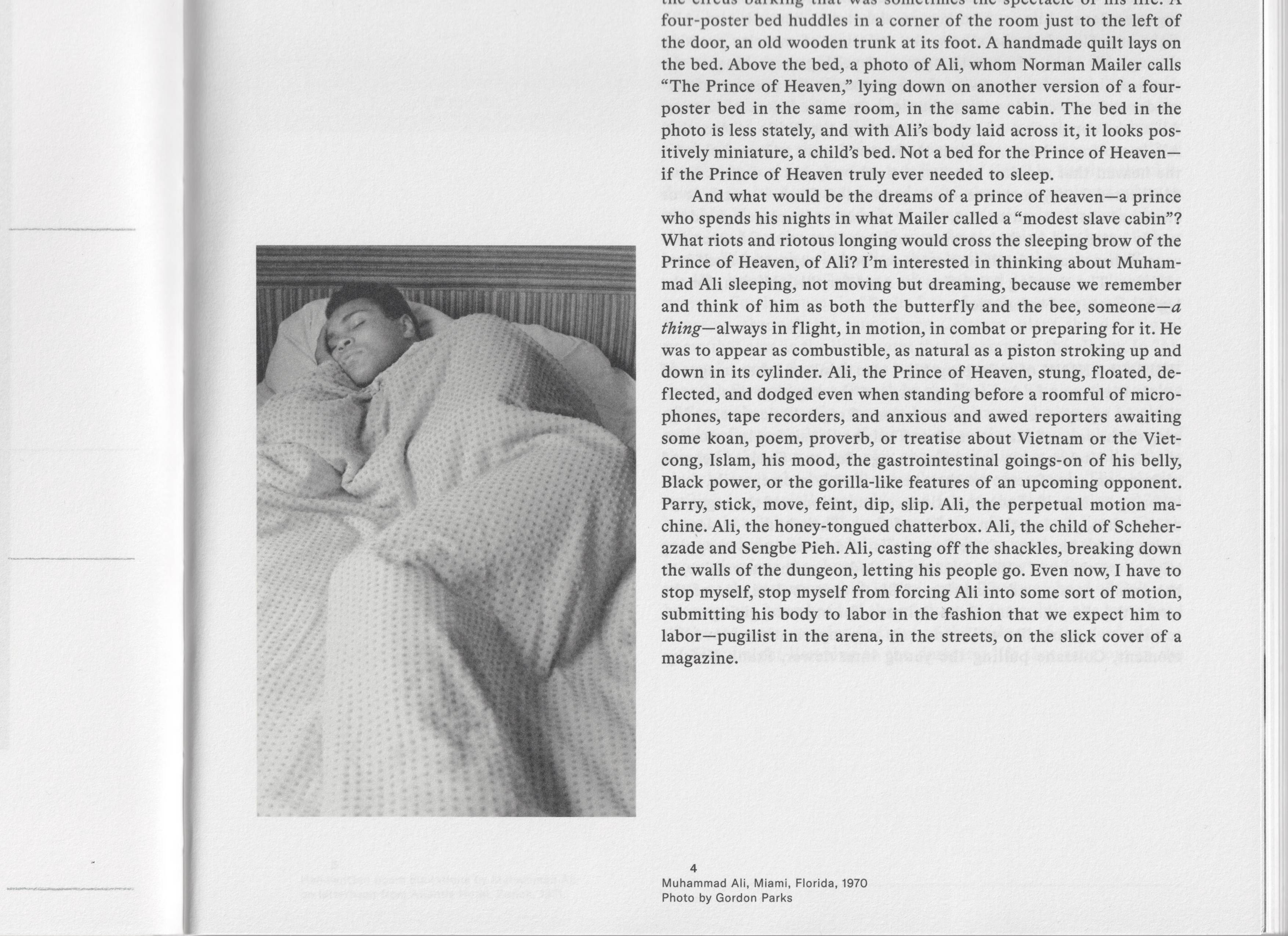
Emergence Magazine is an award-winning magazine that explores the threads connecting ecology, culture, and spirituality. Their work gathers voices—both human and more-than-human—with the potential to shift ways of thinking and being in relationship to the living world.
The visual research explores Time through its many landscapes: deep time, geological time, kinship time, and ancestral time, with a focus on archival material.
Emergence Magazine is based on the unceded ancestral lands of the Coast Miwok people of present-day Marin County, California.
emergencemagazine.org
The visual research explores Time through its many landscapes: deep time, geological time, kinship time, and ancestral time, with a focus on archival material.
Emergence Magazine is based on the unceded ancestral lands of the Coast Miwok people of present-day Marin County, California.
emergencemagazine.org
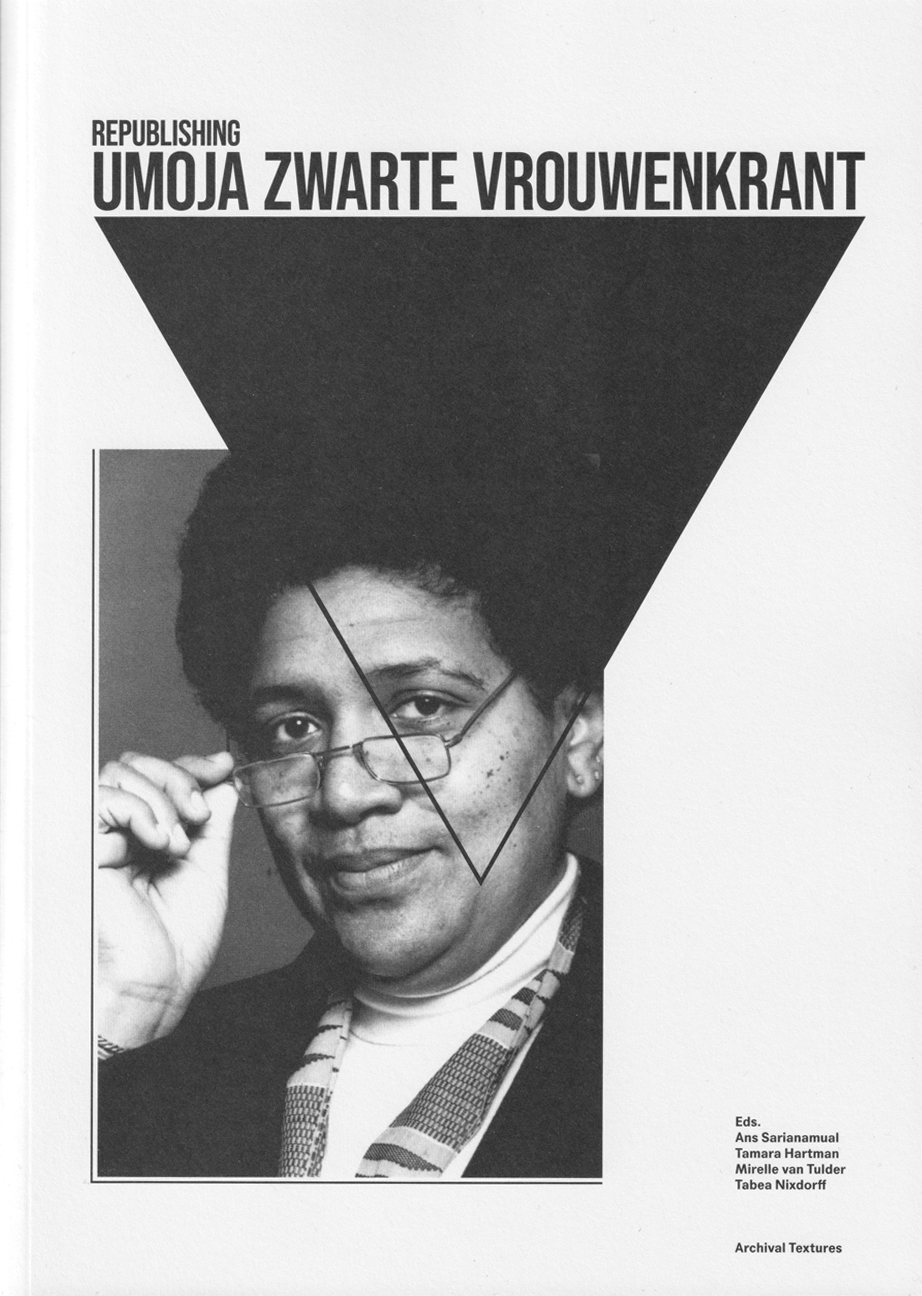
The book Republishing: Umoja Zwarte Vrouwenkrant makes a groundbreaking yet vastly unacknowledged grassroots magazine from Arnhem accessible as a source to enrich the still underexposed legacies of Black feminists in the Netherlands.
It all started in December 1984, when Ans Sarianamual made a promise to Audre Lorde to start a magazine for Black women in the Netherlands. Together with a group of Black women organized as the foundation Zwarte Vrouwen & Racisme in Arnhem, the first issue of Umoja Zwarte Vrouwenkrant was published only one month later. As aptly put in the editorial: “So much has already been written about us, which means our time was mostly spent on reacting to pieces written about us by white women. [...] Let’s now start speaking ourselves!” The magazine (1985–1986) was unique for its time because of its radically intersectional approach, and the establishment of “Black” as a political term in order to unite and strengthen all women who were labeled as “the Other” in the Netherlands and beyond. The magazine built on transnational friendships, featuring writings by and about Black women's groups in the U.S., England and South Africa. Besides writing on subjects such as racism, (employment) discrimination and decolonization, Umoja Zwarte Vrouwenkrant published poems, interviews with Dutch Black writers, event announcements and letter submissions in which Black women shared their experiences of racism and discrimination in the Netherlands.
Umoja Zwarte Vrouwenkrant is a revolutionary magazine whose legacy has gotten no recognition. This book aims to bring about change here, and thereby historicize the complete set of magazines, contextualized through an introductory essay by Tamara Hartman and archival findings from Ans Sarianamual’s personal archive, edited by Mirelle van Tulder. Republishing these magazines also means to think of publications as low-threshold archives which help make Black feminist knowledges of the Netherlands accessible outside of archival institutions.
www.archival-textures.com
Distribution by KIOSK, Rotterdam
It all started in December 1984, when Ans Sarianamual made a promise to Audre Lorde to start a magazine for Black women in the Netherlands. Together with a group of Black women organized as the foundation Zwarte Vrouwen & Racisme in Arnhem, the first issue of Umoja Zwarte Vrouwenkrant was published only one month later. As aptly put in the editorial: “So much has already been written about us, which means our time was mostly spent on reacting to pieces written about us by white women. [...] Let’s now start speaking ourselves!” The magazine (1985–1986) was unique for its time because of its radically intersectional approach, and the establishment of “Black” as a political term in order to unite and strengthen all women who were labeled as “the Other” in the Netherlands and beyond. The magazine built on transnational friendships, featuring writings by and about Black women's groups in the U.S., England and South Africa. Besides writing on subjects such as racism, (employment) discrimination and decolonization, Umoja Zwarte Vrouwenkrant published poems, interviews with Dutch Black writers, event announcements and letter submissions in which Black women shared their experiences of racism and discrimination in the Netherlands.
Umoja Zwarte Vrouwenkrant is a revolutionary magazine whose legacy has gotten no recognition. This book aims to bring about change here, and thereby historicize the complete set of magazines, contextualized through an introductory essay by Tamara Hartman and archival findings from Ans Sarianamual’s personal archive, edited by Mirelle van Tulder. Republishing these magazines also means to think of publications as low-threshold archives which help make Black feminist knowledges of the Netherlands accessible outside of archival institutions.
www.archival-textures.com
Distribution by KIOSK, Rotterdam
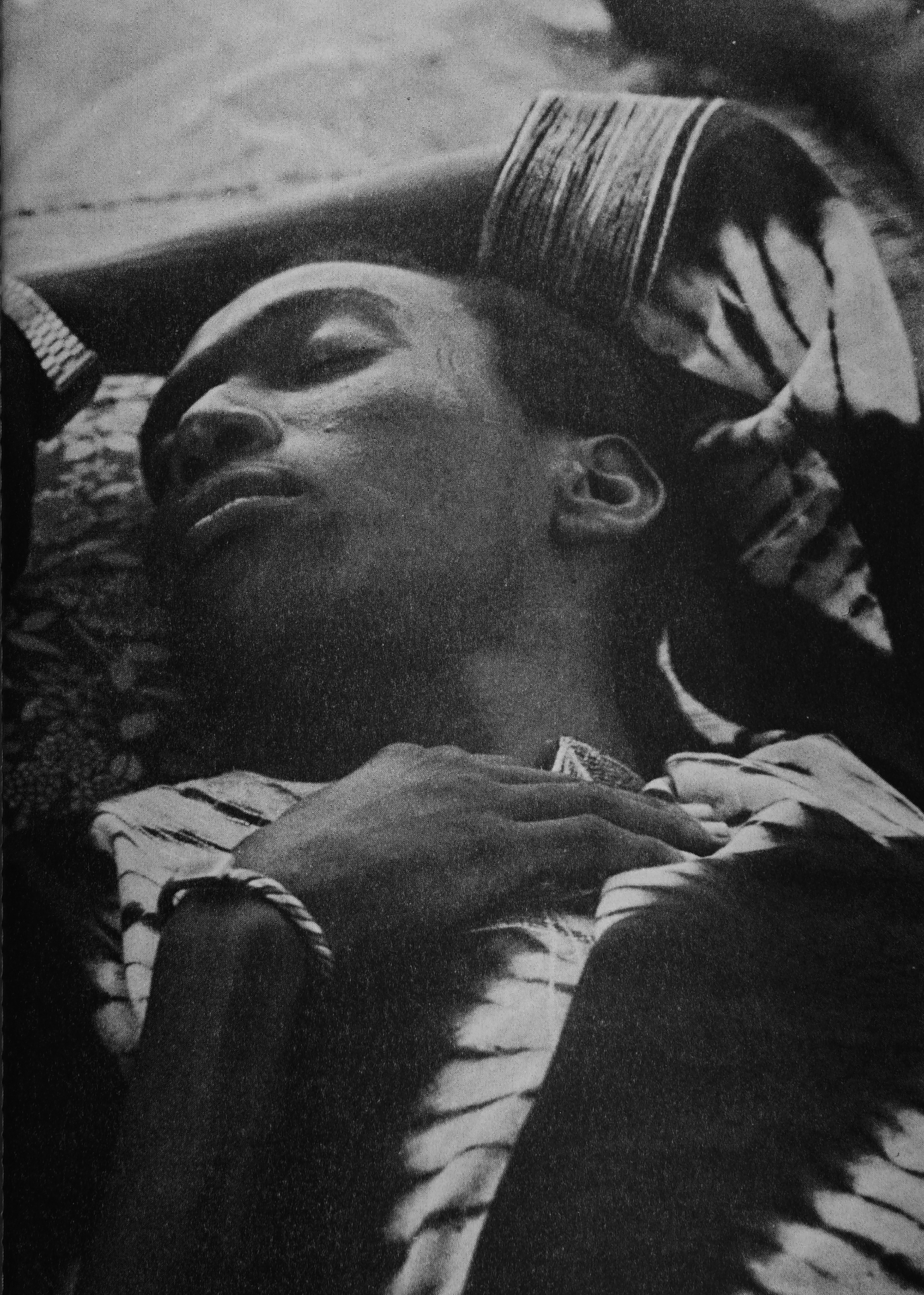
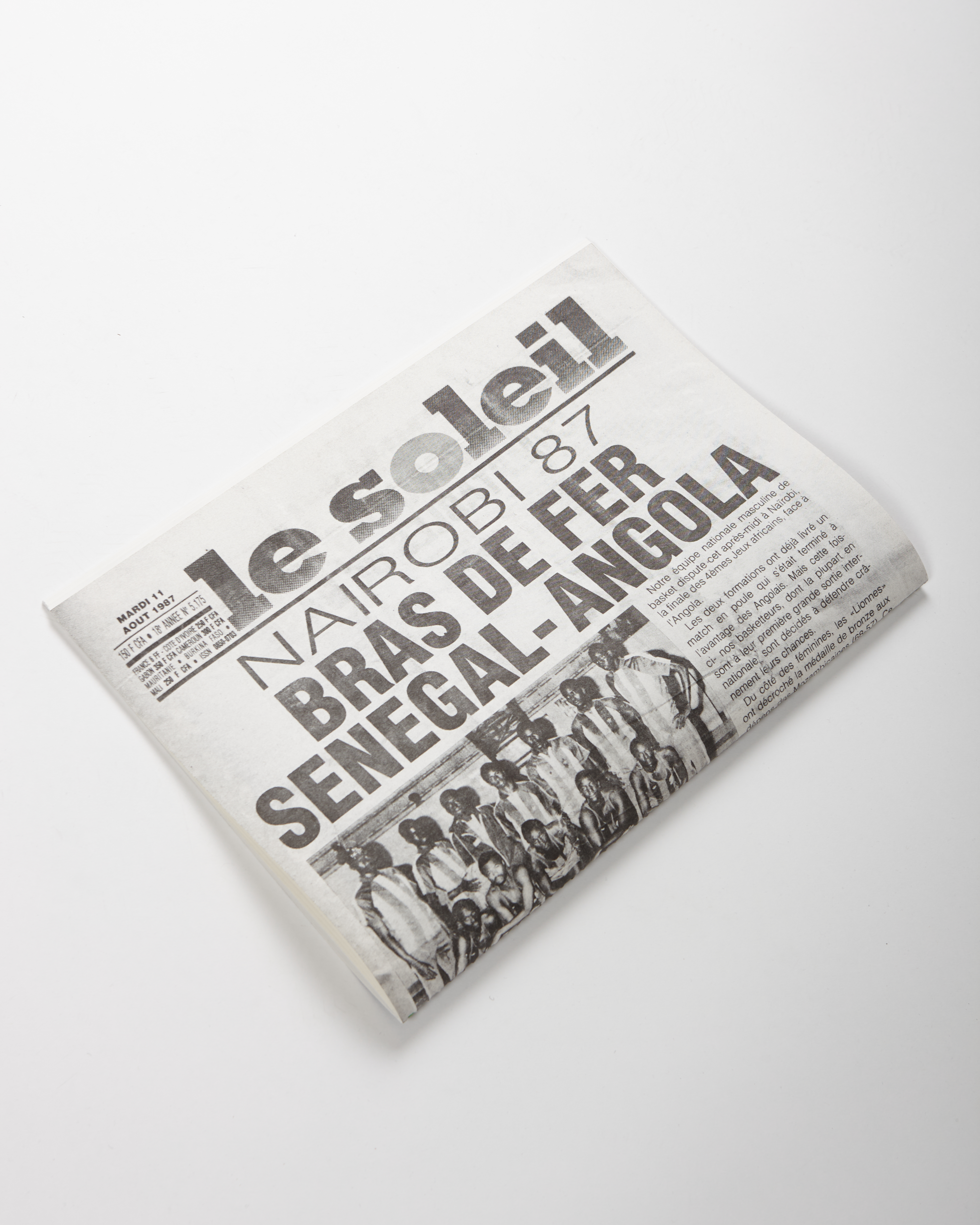
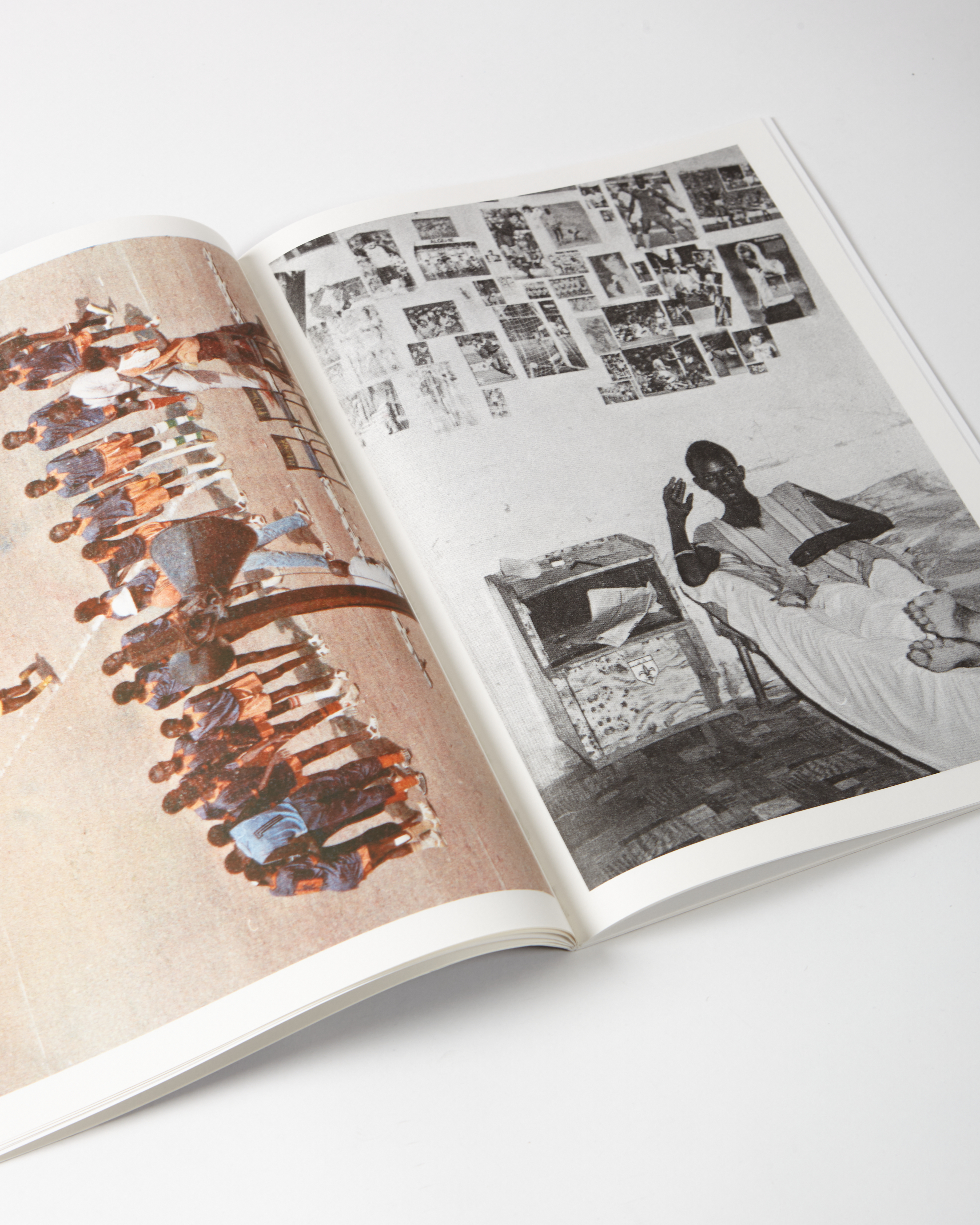
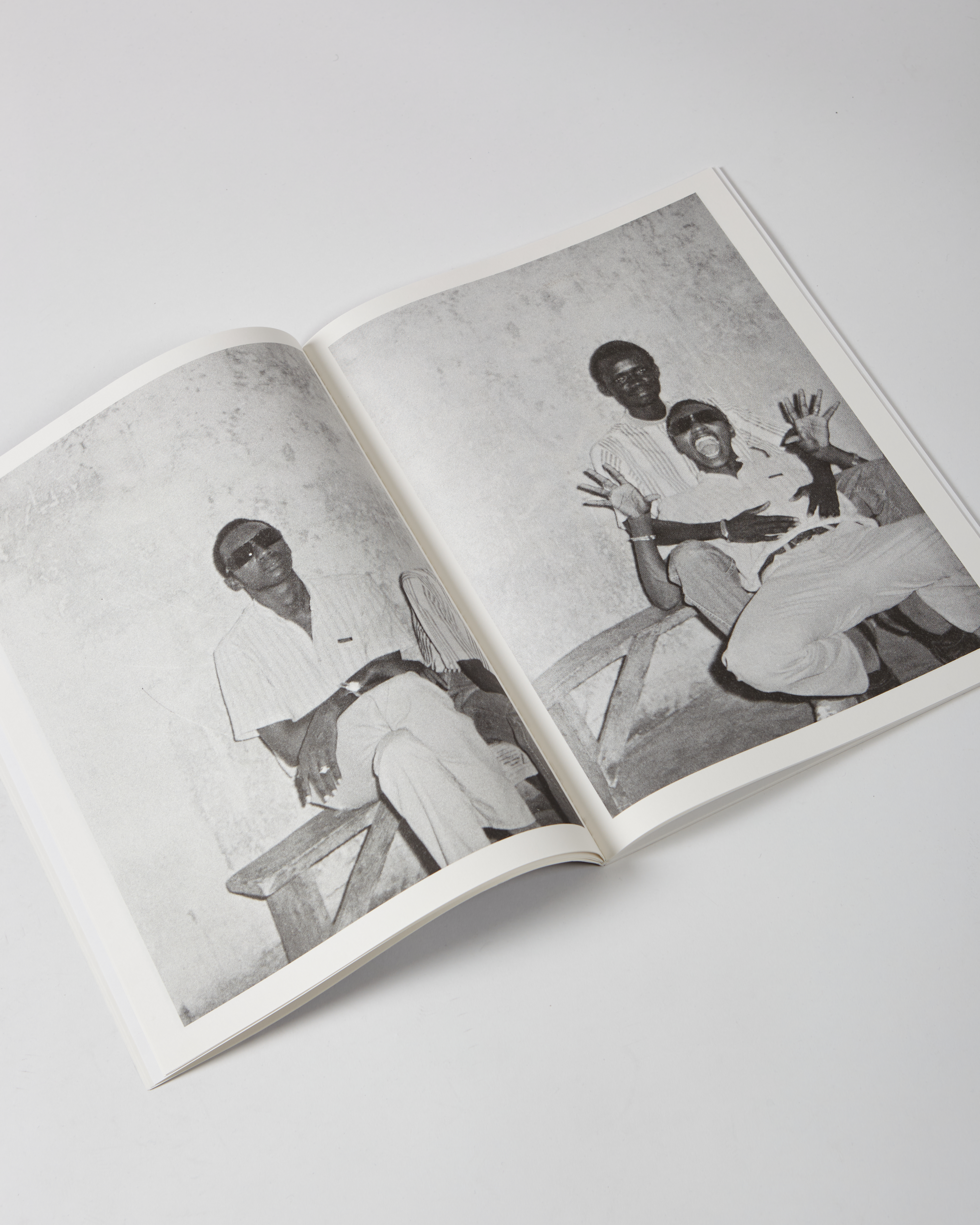
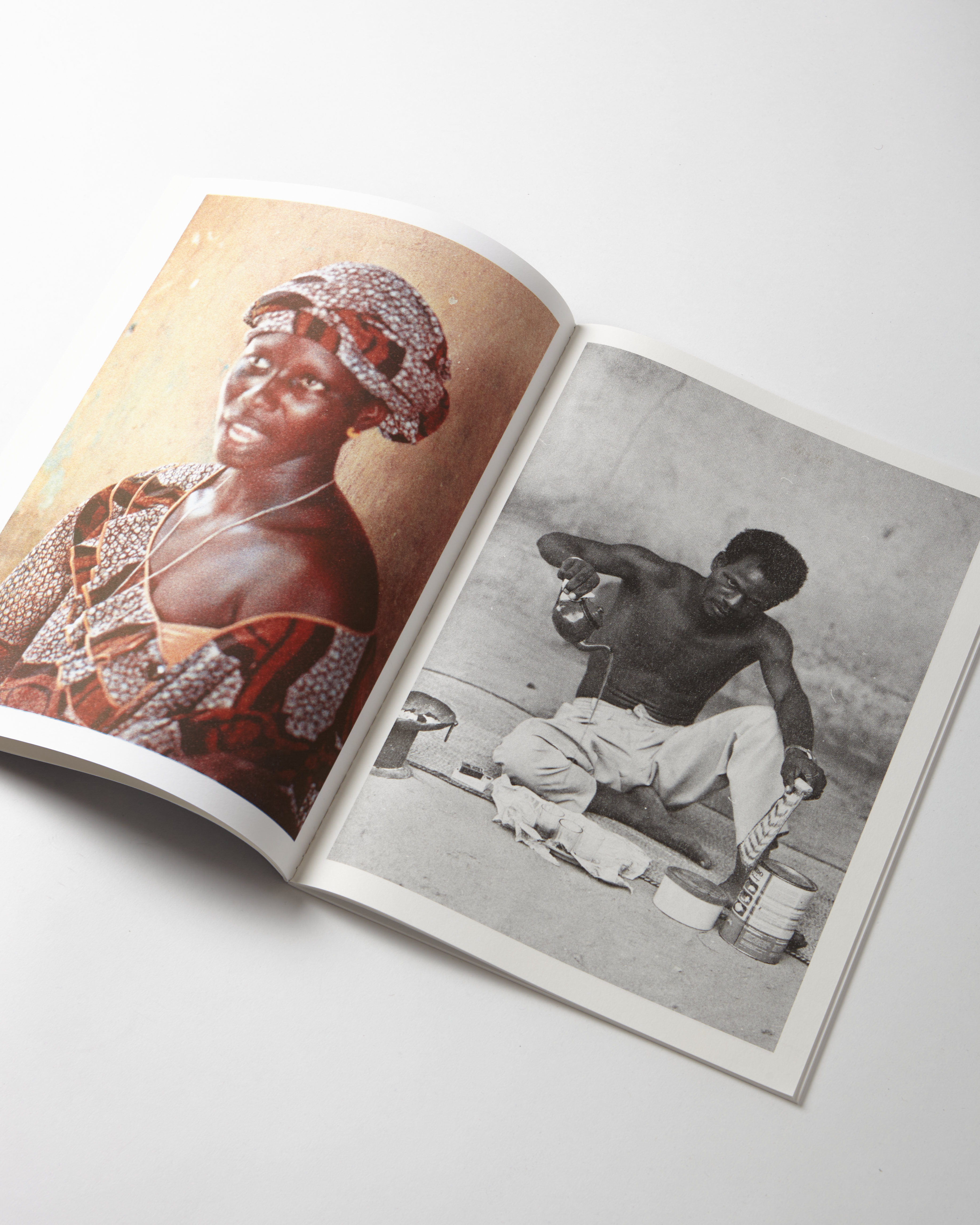
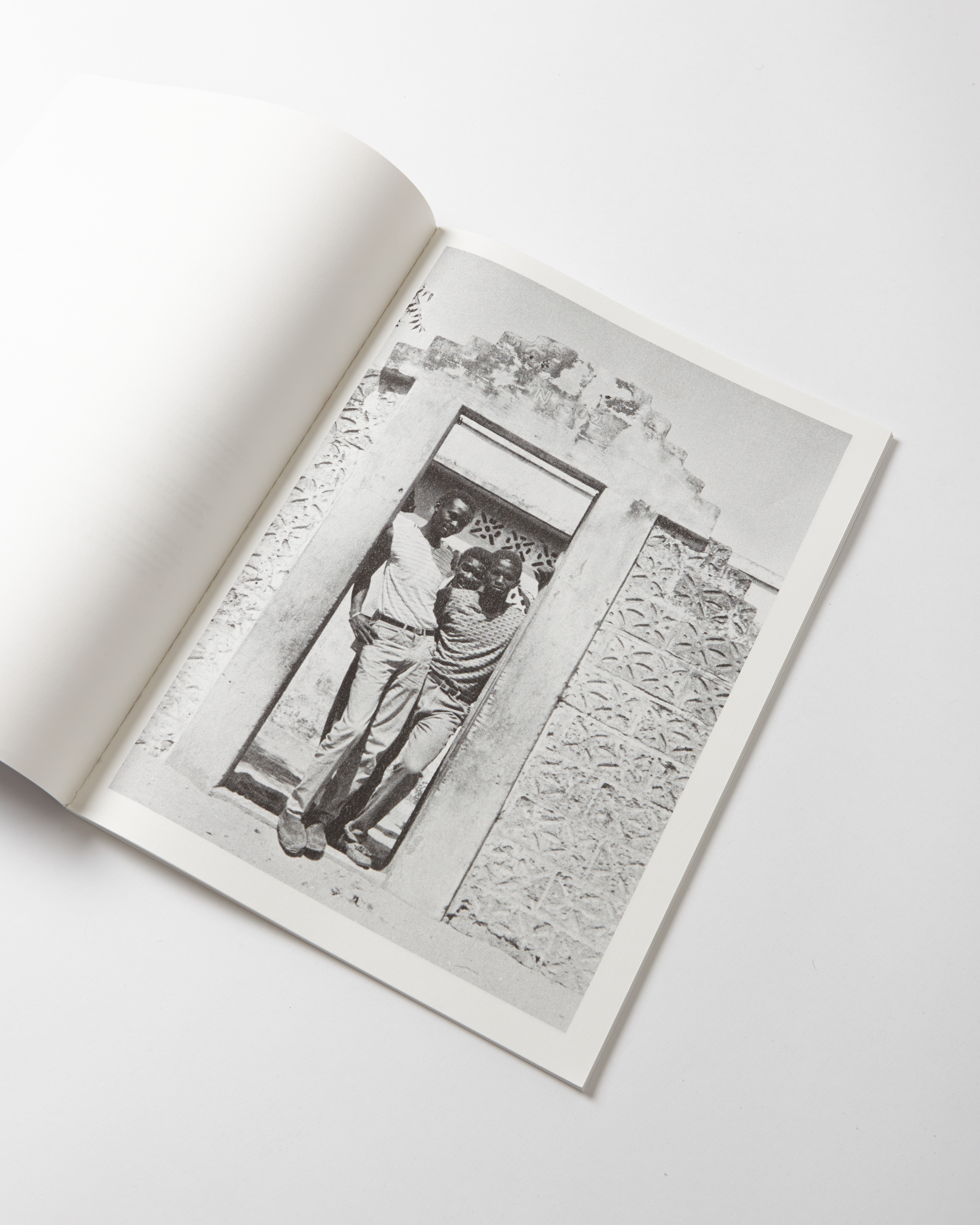
Through a correspondence add in Jeune Afrique magazine, Ilse Cardoen connected with Elhadji Sall, and they started writing each other letters. In the summer of 1986 she visited Elhadji and his family in Quartier Kebe Der in Guediaway Dakar, Senegal.
Ilse and her son Kwabena asked me to create a book from her personal archive. Delighted to work with this beautiful archive, I chose to use the semi-analog Riso printing technique to recapture the vivid memories present in the photographs. We sadly found out that Elhadji Sall passed away in July 2022. This book is a tribute to him and everyone who gave Ilse Cardoen the ‘Teranga’ of Senegal.
LE SOLEIL 2023
Ilse Cardoen
Art direction, Editing, Design and Riso printing
Mirelle van Tulder
A collaboration between:
Kwabena Appiah-Nti & Mirelle van Tulder
Published by Roots to Fruits
Size: 27 x 37 cm (48 pages)
Print run: 100
AWARDS
- Best Dutch Book Design 2023. Stedelijk Museum Amsterdam
- Zum Photo Book Festival 2023. Instituto Moreira Salles, São Paulo
Ilse and her son Kwabena asked me to create a book from her personal archive. Delighted to work with this beautiful archive, I chose to use the semi-analog Riso printing technique to recapture the vivid memories present in the photographs. We sadly found out that Elhadji Sall passed away in July 2022. This book is a tribute to him and everyone who gave Ilse Cardoen the ‘Teranga’ of Senegal.
LE SOLEIL 2023
Ilse Cardoen
Art direction, Editing, Design and Riso printing
Mirelle van Tulder
A collaboration between:
Kwabena Appiah-Nti & Mirelle van Tulder
Published by Roots to Fruits
Size: 27 x 37 cm (48 pages)
Print run: 100
AWARDS
- Best Dutch Book Design 2023. Stedelijk Museum Amsterdam
- Zum Photo Book Festival 2023. Instituto Moreira Salles, São Paulo